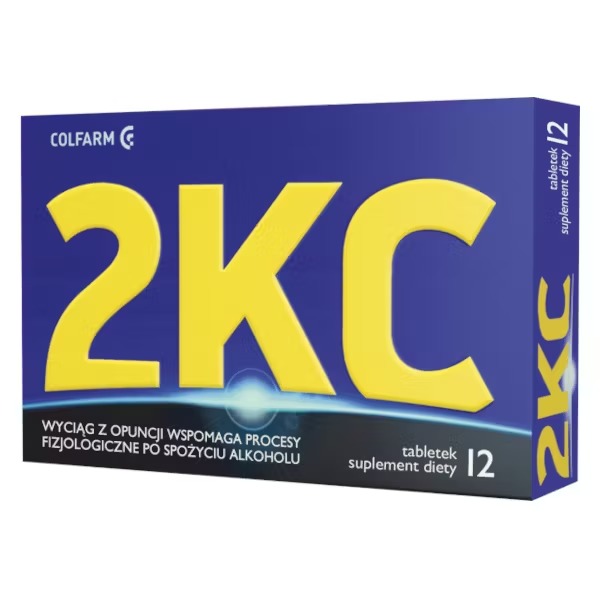Paramig Fast is used for the symptomatic treatment of mild to moderate pain and fever.
Indications
Paramig Fast is used for the symptomatic treatment of mild to moderate pain and fever.
Active substance: Paracetamol
Composition
One sachet contains 500 mg of paracetamol ( Paracetamolum).
Excipients with known effect: aspartame (E 951), sucrose, sodium, glucose (maltodextrin component). One sachet contains 15.35 mg of aspartame (E 951), 115 mg of sodium, 40.50 mg of glycerol (E 422) and 1.28 mg of sucrose.
Dosage
Dosage
Doses used in children depend on age and body weight. A single dose is 10 mg/kg bw every 4 hours or 15 mg/kg bw every 6 hours. The maximum daily dose is 60 mg/kg bw. The interval between individual doses should not be shorter than 4 hours.
Adults and adolescents over 12 years of age (body weight > 40 kg)
500 – 1000 mg (1-2 sachets) every 4-6 hours, do not exceed the maximum daily dose of 3000 mg paracetamol (6 sachets). Leave at least 4 hours between doses.
Children aged 8 to 12 years (weight 26-40 kg)
500 mg (1 sachet) every 4-6 hours, do not exceed the maximum daily dose of 1500 mg paracetamol (3 sachets). Leave at least 4 hours between doses.
Do not use Paramig Fast for more than three days without consulting a doctor.
Method of administration
Oral administration. The granules should be taken directly into the mouth (on the tongue) and swallowed without water. The granules dissolve immediately in the mouth, and the slight effervescent effect of the medicinal product causes increased salivation, which makes swallowing easier. Do not take Paramig Fast after a meal.
Special patient groups
Elderly patients
No dose adjustment is required in elderly patients.
Patients with renal impairment
In patients with renal impairment the dose should be reduced and the minimum interval between doses should be according to the following scheme:
CrCI ≥ 50 ml/min – interval between doses: 4 hours
CrCI 10-50 ml/min – interval between doses: 6 hours
CrCI < 10 ml/min – interval between doses: 8 hours
Patients with liver dysfunction
In patients with hepatic impairment the dose should be reduced or the intervals between doses should be extended.
In the following situations the maximum daily dose should not exceed 60 mg/kg bw/day (should not exceed 2 g/day):
- in adults weighing less than 50 kg,
- chronic or compensated active liver disease, especially mild to moderate hepatic failure, Gilbert’s syndrome (familial non-hemolytic hyperbilirubinemia),
- chronic alcoholism, – long-term malnutrition (low glutathione reserves in the liver),
- dehydration.
Chronic alcoholism
Chronic alcohol consumption may lower the toxicity threshold of paracetamol. In these patients, the time interval between two doses should be at least 8 hours. The dose of paracetamol should not exceed 2 g per day.
Use of the drug in children and adolescents
Do not use in children under 8 years of age or weighing less than 26 kg. Other products containing paracetamol in other forms and strengths are available for this group of children.
Contraindications
Hypersensitivity to paracetamol, propacetamol hydrochloride (paracetamol precursor) or any of the excipients
- severe liver failure,
- acute hepatitis,
- severe renal failure,
- concomitant use with drugs that have an adverse effect on liver function,
- severe hemolytic anemia,
- use of MAO inhibitors and for up to 2 weeks after their discontinuation.
Contents: 12 sachets
Storage method: 15°C – 25°C






































Reviews
Clear filtersThere are no reviews yet.